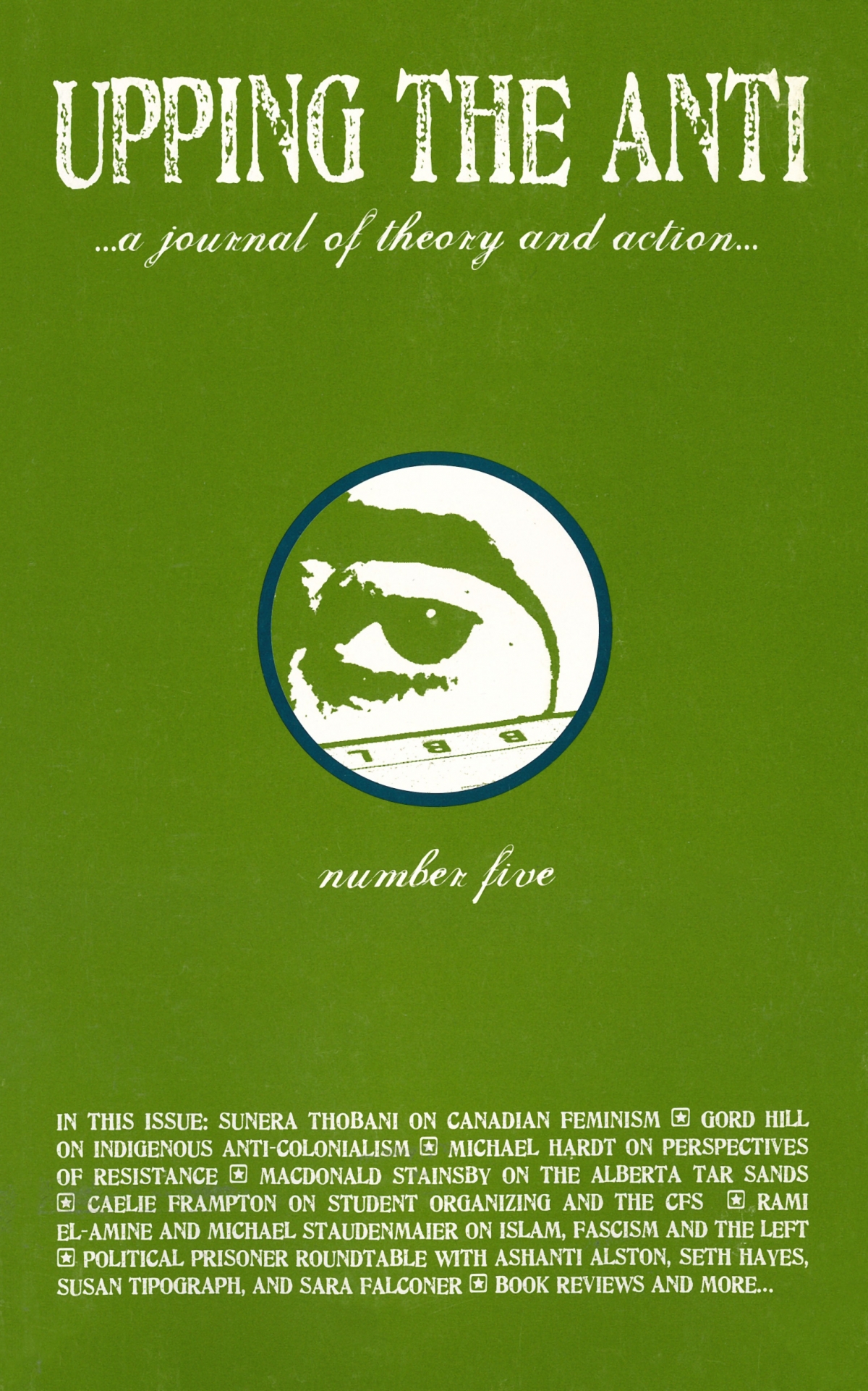Reply to Thorndycraft
I’m glad Brook Thorndycraft raised important questions about how non-native activists should engage in solidarity work with indigenous people. This conversation is an urgent one, since there is every indication that indigenous struggles will remain at the forefront of Canadian politics for the foreseeable future. However, I feel that her letter mischaracterizes several arguments I made in my article.
The purpose of my article was not, as Thorndycraft suggests, to examine or pass judgement on the inner workings of the Six Nations community, but rather to argue that non-native activists seeking to support indigenous struggles should focus their efforts on organizing against the growing anti-native racism within the predominantly white communities surrounding Six Nations. To the extent that I discussed the internal workings of the Six Nations community, it was to challenge the problematic assumption held by many white activists that they could uncritically “take leadership” from a unified and politically coherent Six Nations community that was interested in telling them what to do.
In making that argument, I provided several actual examples of the difficulties non-native activists have had in determining from which sector of the native community to “take leadership.” In pointing out these contradictions, I was not “airing dirty laundry” but referring to matters of public record that have been widely discussed in both native and non-native media.
I do agree with Thorndycraft’s suggestion that we need to discuss the form our activism should take with activists in Six Nations. Indeed, over the past year and a half, I’ve conducted several dozen interviews on these and related questions with people from Six Nations and, with their permission, have posted them online so that people can get a better sense of what those from Six Nations think about the current political situation. (Many of these videos are available online at the Autonomy and Solidarity resource page on Six Nations at http://auto_sol.tao.ca/view/2021). It is from these and other discussions that I drew the conclusion, expressed in my article, that non-native activists could best honour the “two row wampum” by organizing support for indigenous sovereignty within non-native communities.
I should also stress that my article was not written as some kind of “objective” or “impartial” academic paper. Instead, as a non-native activist I wrote what amounts to a “position paper” aimed at persuading other non-native activists to build an anti-racist force in the non-native communities surrounding Six Nations. My perspective is not, as Thordycraft suggests, comparable to arguing that “male activists should liberate women,” or that people in first world countries should speak on behalf of third world people. Instead it is analogous to the argument that male activists have a responsibility to challenge other men on issues of sexism, or that people in imperialist countries need to work against imperialism “from within the belly of the beast” instead of just abstractly supporting struggles “over there.”
I’m open to being challenged and critiqued on the substance and political conclusions of my argument – indeed, it is only through debate that we can sharpen our analysis, assess our practical work, and evaluate the theoretical conclusions we draw from this activity. Unfortunately, this kind of substantive critique is precisely what is missing from Thorndycraft’s letter. Nevertheless, it remains the only real way to tell if Carmichael’s analysis of the failures of the white left in the 1960s remains relevant today, or if non-native anti-capitalist activists should concentrate on doing anti-racist work in towns like Caledonia. I can only hope that we will see further attempts to engage concretely with the questions raised in both my article and Thorndycraft’s letter.
In solidarity and struggle,
Tom Keefer Toronto

